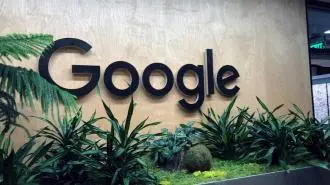Summary / TL;DR
Google Ads landing page experience measures how well a webpage satisfies users who click on an ad, directly influencing Quality Score, ad placement, and cost-per-click. A high-quality experience includes fast load times, mobile responsiveness, relevant content that matches ad intent, and easy navigation. Google evaluates this via metrics such as page relevance, expected click-through rate, and behavioural data. Optimisation strategies include improving page speed, aligning content with ad copy, simplifying navigation, and using elements like compelling calls-to-action and trust signals. Poor landing page design—such as slow loading, irrelevant content, or lack of clear direction—can lower conversion rates and waste ad spend.
A landing page is a standalone web page crafted for a marketing campaign. Its primary goal isn’t just to look good; it’s all about converting visitors into leads or customers.
Good landing pages can do this by convincing visitors to take a call to action, such as purchasing or signing up for a newsletter. Landing pages are generally used in Pay-Per-Click (PPC) advertisements like Google Ads campaigns.
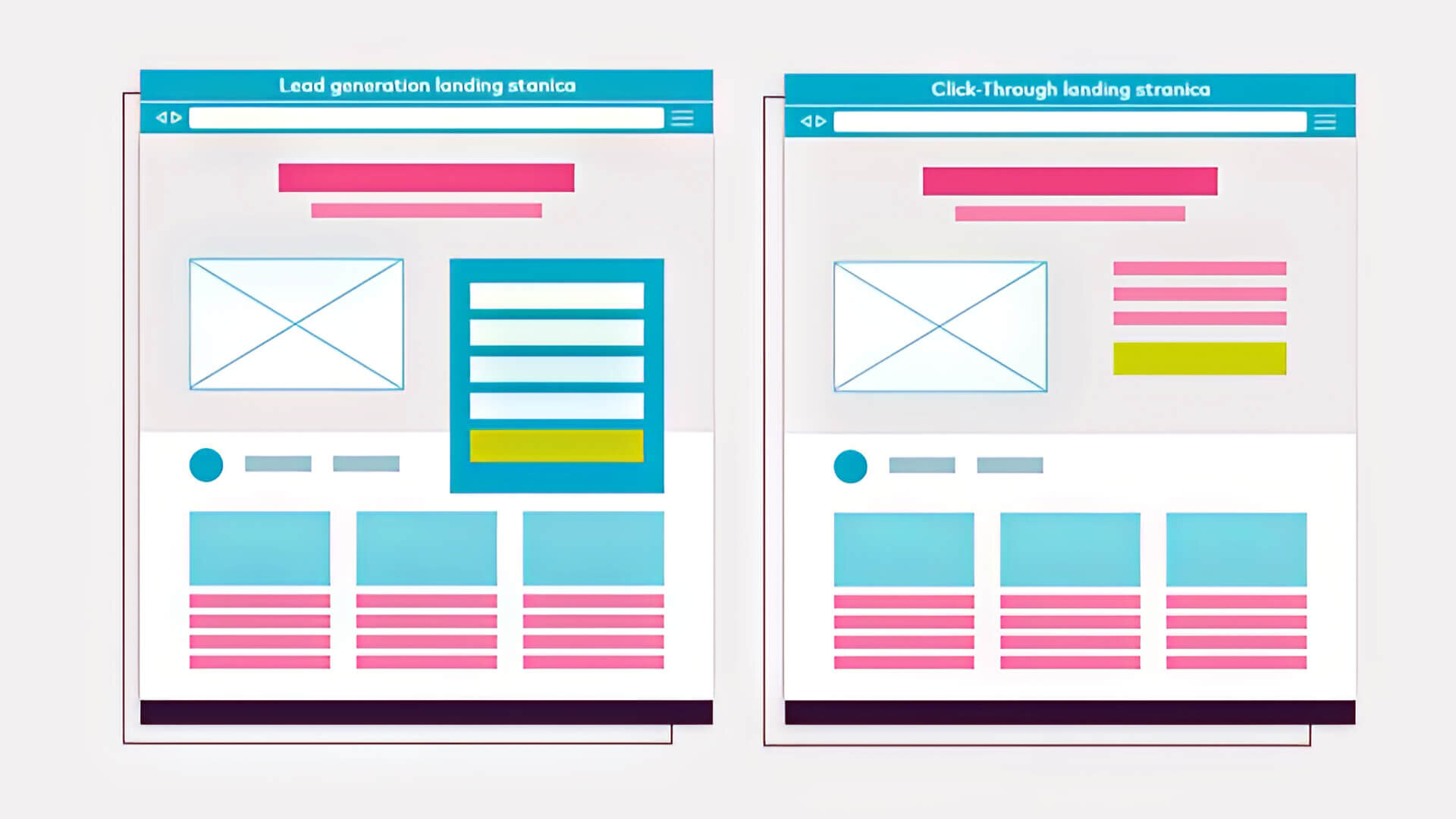
Landing page experience can be defined as the connection between the landing page and PPC ads. It is a valuable metric for marketers who can compare their ad quality to those of competitors and make adjustments to make them more relevant for more conversions. The Google AdWords platform relies on human evaluation and automated systems to determine the experience’s good or bad.
For this purpose, the search engine uses a Quality Score, which measures the relevance and high quality of the landing pages, keywords, and ads. A good landing page experience results in a higher Quality Score, leading to better rankings, reduced CPCs, and improved ad performance.
Want to receive updates? Sign up to our newsletter
Each time a new blog is posted, you’ll receive a notification, it’s really that simple.
Understanding Landing Page Experience
The Google Ads landing page experience refers to the user experience of a visitor who clicks on an ad and lands on a specific landing page. It is an extremely important factor to consider for an advertiser, as providing a good landing page experience is crucial for the success of any business.
With platforms like Google Ads, the landing page experience directly influences user engagement and ad performance. Google assesses the quality and relevance of these pages when ranking ads in search results. They score landing pages using metrics such as page speed and user interaction.
Landing page experience encompasses various factors contributing to the overall user experience when a visitor lands on a specific web page after clicking on an ad. It directly influences ad quality and user satisfaction in online advertising campaigns, especially in platforms like Google Ads and includes the following components:
1. Relevance
The landing page should deliver what was promised in the ad that the user clicked on. It should closely match the user’s search intent and expectations, providing content, products or services that align with the ad’s message.
2. Load Times
Rapid page loads on landing pages provide a positive experience as users expect quick access to information, while slow load times can lead to frustration. Optimising page speed is vital for a seamless experience.
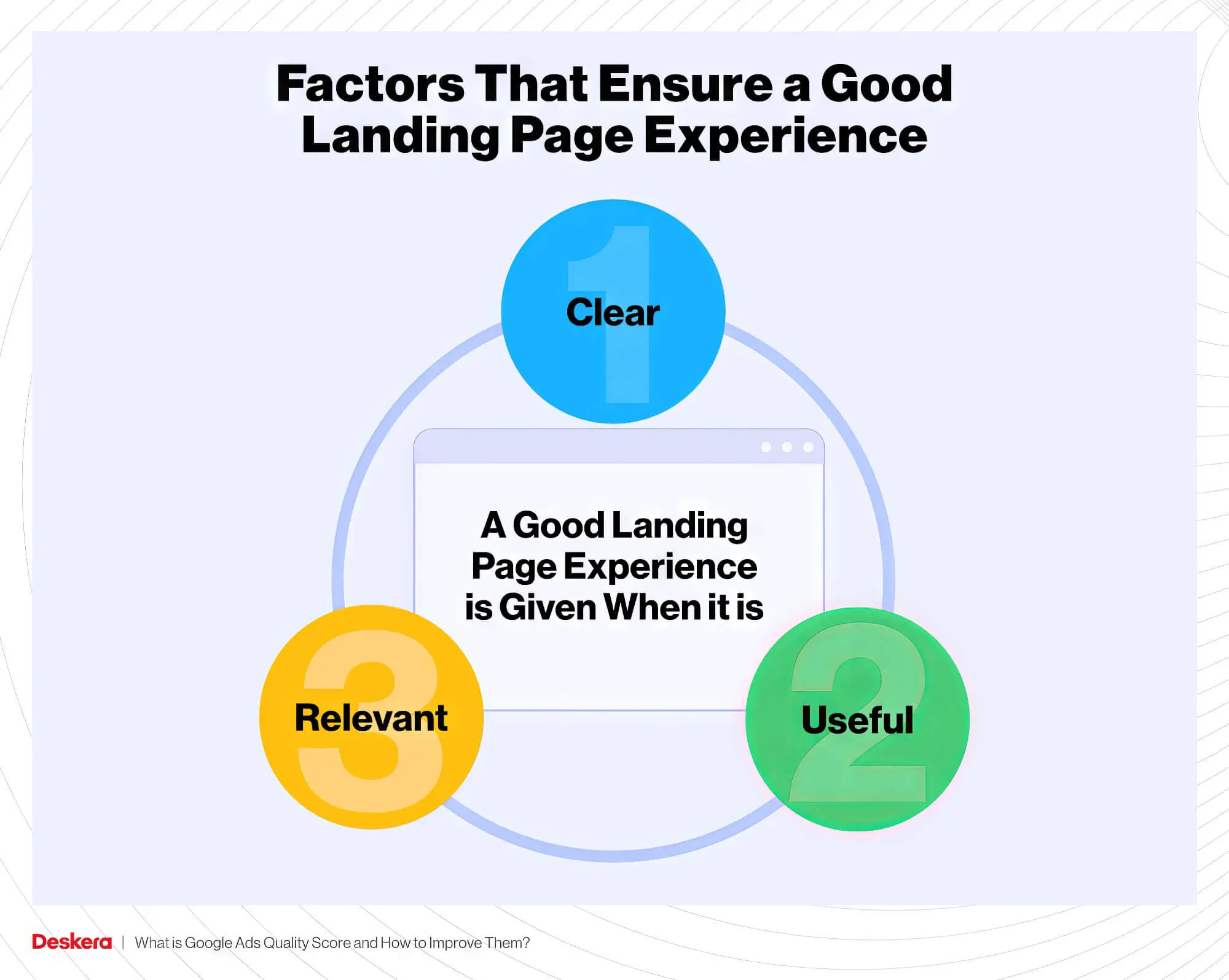
3. Mobile Friendliness
With a significant portion of internet users accessing content on mobile devices, landing pages must be mobile friendly and adaptable to various devices. Mobile responsiveness ensures the landing page adapts to various screen sizes, providing a smooth and intuitive experience.
4. Ease Of Navigation
An easy-to-navigate landing page allows users to find what they are looking for quickly. Clear menus, bullet points, headings, and navigation paths are essential to guide users and prevent confusion.
The Impact Of Landing Page Experience On Google Ads
Ad relevance and landing page experience gauge how well the content aligns with the keywords. On platforms like Google Ads, this experience impacts Quality Score, Cost-Per-Click (CPC), and ad placement. Grasping this connection is vital for enhancing campaign outcomes.
1. Ad Position
Ad position is where your ad appears in search results, and a better spot means more visibility and higher CTR. Google factors in landing page experience when ranking ads, affecting their position. A great landing page experience can lead to higher rankings and better search placements.
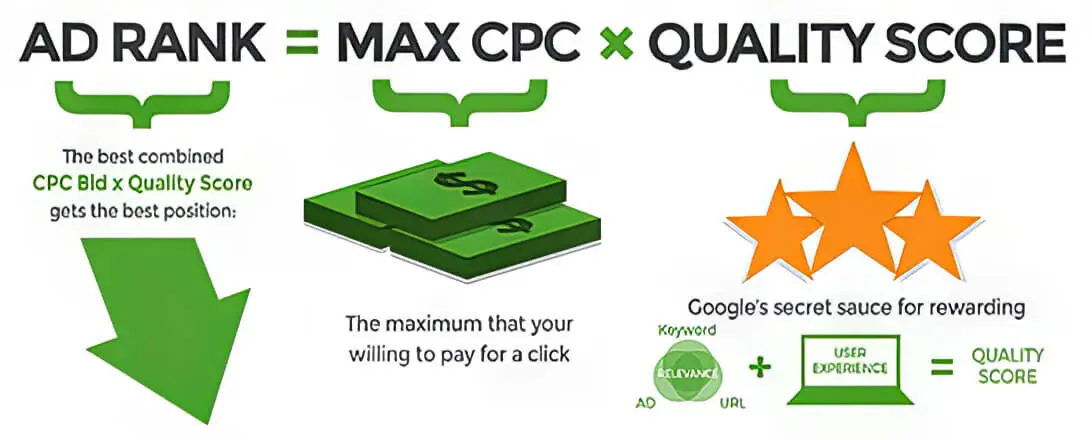
2. Cost-per-click (CPC)
CPC is the cost per click; the amount to be paid for each click on your ad. A better landing page experience means your landing page is more relevant and user-friendly. Landing pages that appear more relevant and valuable will have a higher Ad Rank, resulting in a lower cost per click (CPC), which can help increase the return on investment (ROI).
3. Quality Score
As explained before, Google uses a quality score to evaluate the relevance and quality of your ads, keywords, and landing pages. Positive landing page experiences lead to higher quality scores, which can happen when the landing page is relevant, easy to navigate, and offers a positive user experience.
Optimising Your Landing Page For Google Ads
Here are a few ways by which you can optimise your landing page for Google Ads to provide a better experience.
1. Improve Page Speed
Speed matters. The quicker a user finds what they need, the better their experience. Enhancing load speed is a key tactic for optimising your landing page. If your page drags, users are more likely to leave in search of faster options.
2. Optimise Your Website For Mobile Devices
Besides designing your website to be mobile-friendly, you should focus on optimising it for mobile devices, which can help reduce bounce rates. Some ways to do so is by ensuring that the landing page ad copy is easy to read and concise for mobile users, has click-to-call buttons, and has no clutter.
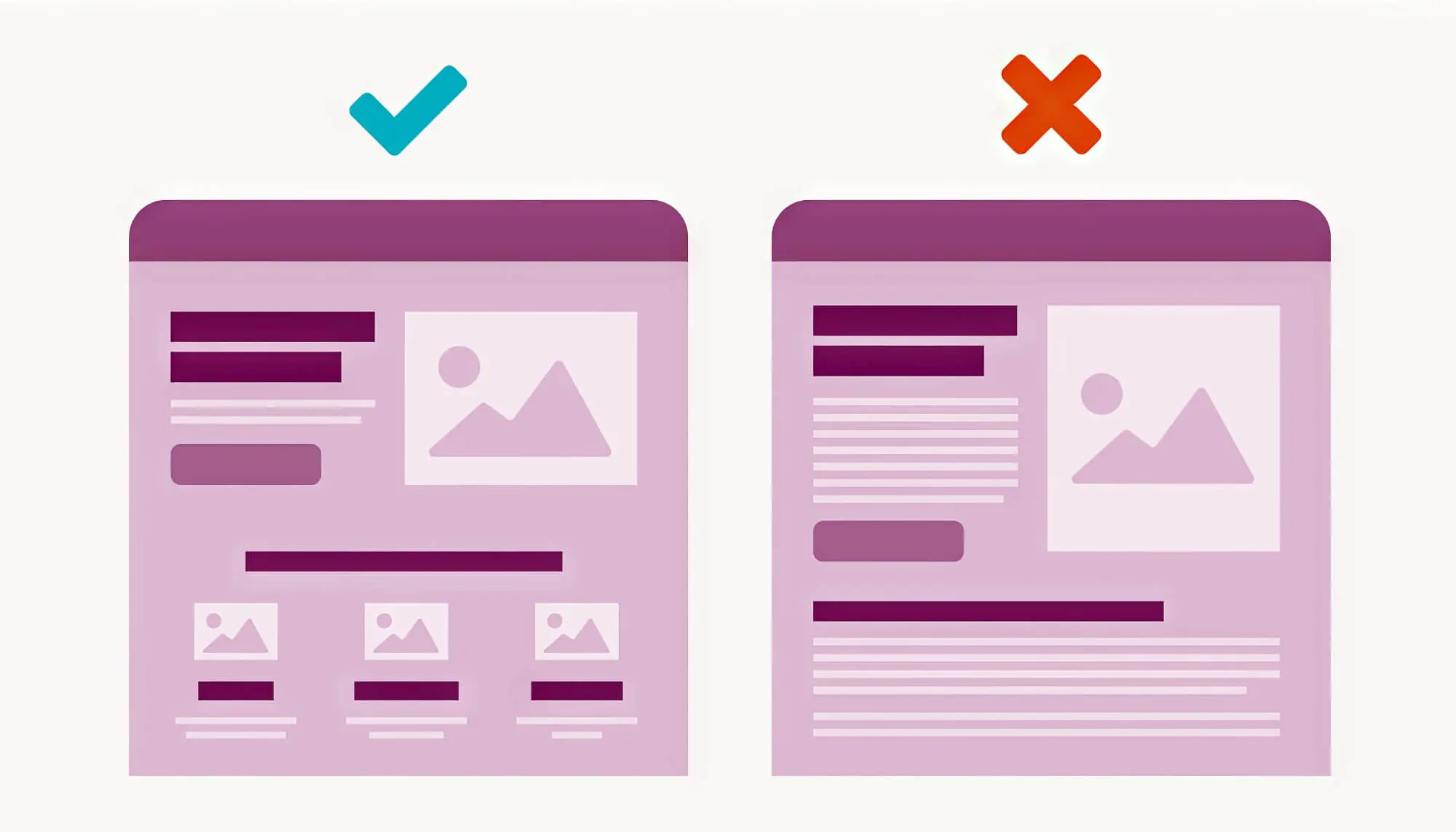
3. Ensure The Relevance Of The Page To The Ad
Any dedicated landing page needs to be relevant to the interests and needs of users for the landing page quality score to be high. That is why you should ensure that the text and the ad copy are clear about those interests and requirements. Avoid using generic product pages, as that can affect the user experience negatively.
4. Personalise The Page For The Target Audience
Another way by which you can improve your landing page is by personalising it for a specific target audience instead of catering to everybody. Ensure that the post-click landing pages correspond with the ad, resulting in a more meaningful experience for potential customers.
Engaging Users For Higher Conversions
Engaging site visitors on the landing page is vital for increasing conversions and achieving your campaign goals, and here are some ways to do so.
1. Use Compelling Copywriting
A persuasive and compelling ad copy can go a long way in communicating the value provided by your product or service. Use clear but impactful language to highlight the advantages that potential customers will enjoy by taking the required action.
2. Clear And Prominent Call-To-Action
The CTA button should be displayed clearly and prominently on the page. You should also use action-oriented language for the CTA, encouraging users to take action, such as purchasing or signing up for a newsletter.
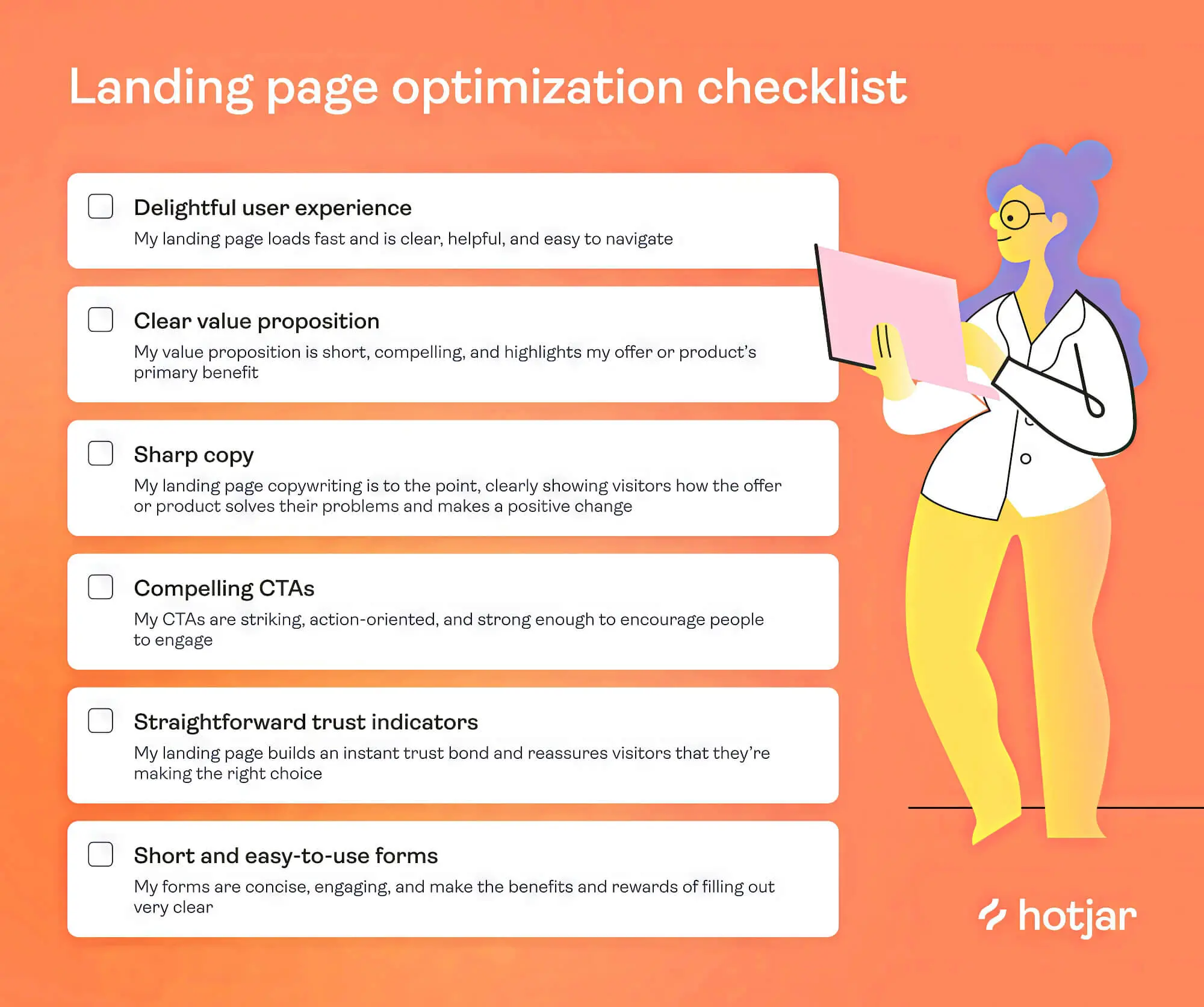
3. Utilise Trust Signals
Using trust-building signals can help instil confidence among various audience segments. Such signals can include customer testimonials, clients’ logos, awards, etc., that showcase the trustworthiness and credibility of your brand.
4. User-Friendly Navigation
Keep your landing page layout simple and intuitive, with clear headings and subheadings. Properly organised content can make it easy for users to scan and find the required information, resulting in a higher conversion rate.
Measuring And Monitoring Landing Page Experience
Assessing and tracking the performance of your landing pages is essential to understanding how well they are converting visitors and meeting the campaign objectives. There are various tools and analytics that can be used for these purposes in the following ways:
1. Google Ads Landing Page Experience Metrics
A. Landing Page Experience
This metric in Google Ads evaluates how user-friendly and relevant your landing page is. It has three statuses — below average, average, and above average. An above-average landing page experience can result in higher conversion rates, quality leads, and more sales.
B. Ad Relevance
Ad relevance shows the relevance of your ad copy for the landing page and keywords, resulting in a better landing page experience.
C. Expected CTR
The expected CTR estimates how likely your ad will be clicked based on its relevance to the search query.
2. Google Analytics
A. Goal Tracking
Use Google Analytics to set up goals for tracking specific actions taken when a user lands on the dedicated landing page, such as form submissions or purchases.
B. Behaviour Flow
The behaviour flow report can help analyse how visitors navigate through the landing page and identify drop-off points that can be optimised to improve engagement and lower costs.
Common Mistakes And Pitfalls To Avoid
When optimising your landing page, you should be aware of the most common errors and learn to avoid them.
1. Including Irrelevant Content
Displaying irrelevant content on the landing page can confuse visitors and lead to lower conversion rates. So, deliver clear and relevant content that matches users’ intent.
2. Ignoring Users’ Expectations
Meeting users’ expectations of what the ad offers on the landing page can lead to high bounce rates and wasted ad spending. Aligning ad content with the landing page can help avoid this error.
3. No Clear CTA
The lack of a clear CTA can prevent users from taking the desired action, so the CTA should always be displayed prominently and clearly.
4. Ignoring Video Content
Neglecting video content can cause missed opportunities to attract more traffic and engage and convert users. Using such content strategically can help enhance the landing page experience significantly.
FAQs
1. Should you include social media buttons on your landing page?
Including social media buttons on the landing page may be distracting and may lead visitors away from the intended action. So, it is best to avoid them on pages meant for conversions to prevent an increase in bounce rate.
2. Can advertisers include multiple links on the landing page?
As with social media buttons, more links on the landing page can lead to distractions. So, focusing on driving users to the primary CTA is better instead of including too many links.
3. How is the landing page experience related to social proof?
Social proof refers to evidence of other users’ positive experiences with your business. Using the best landing page practises, you can provide a good experience to users, resulting in social proof.
Conclusion
The significance of the landing page experience cannot be overstated in the digital landscape. A well-crafted and optimised landing page can be a game changer for all types and sizes of businesses, irrespective of the industry to which they belong.
Businesses can create a seamless user journey by delivering relevant content, incorporating social proof, minimising distractions, and elevating engagement and conversion rates. Carefully considering loading times and links can further enhance the user experience.
Ultimately, investing in landing page (best) practises ensures businesses maximise their online presence, helping them succeed in the competitive digital marketing world.





